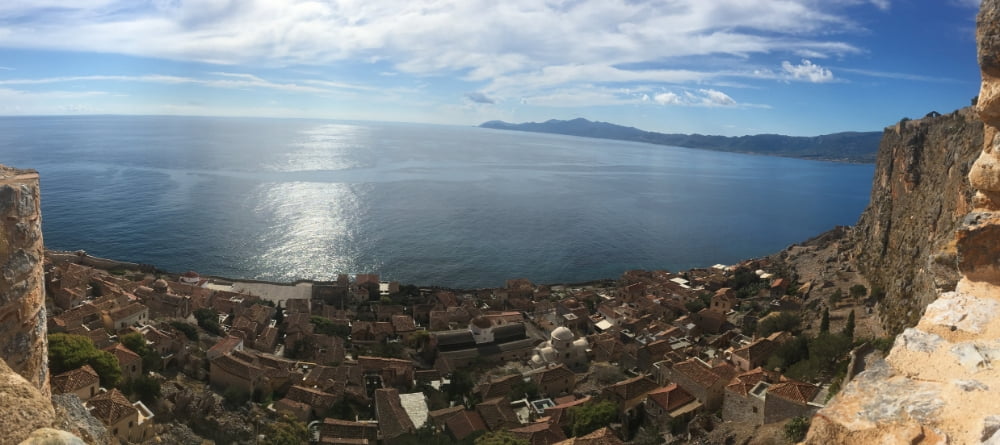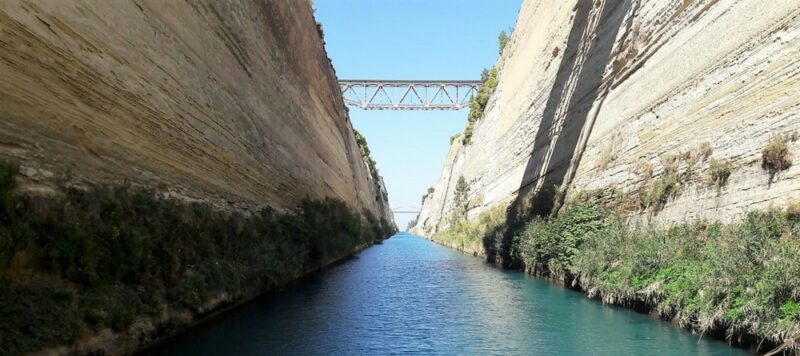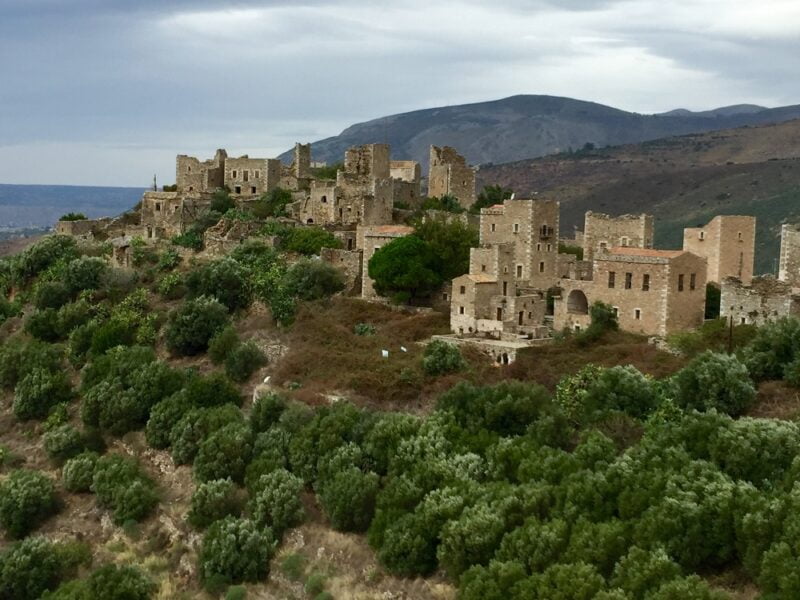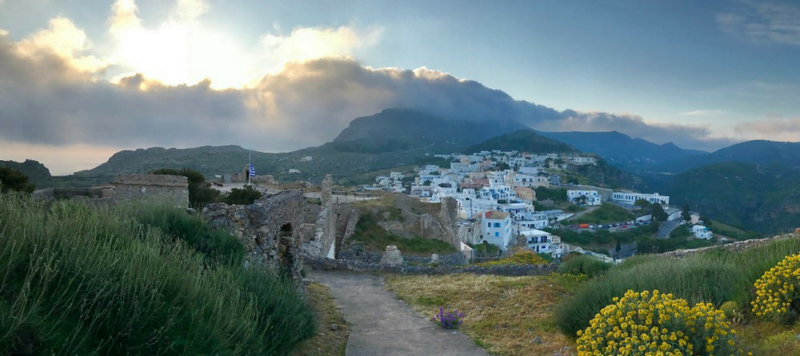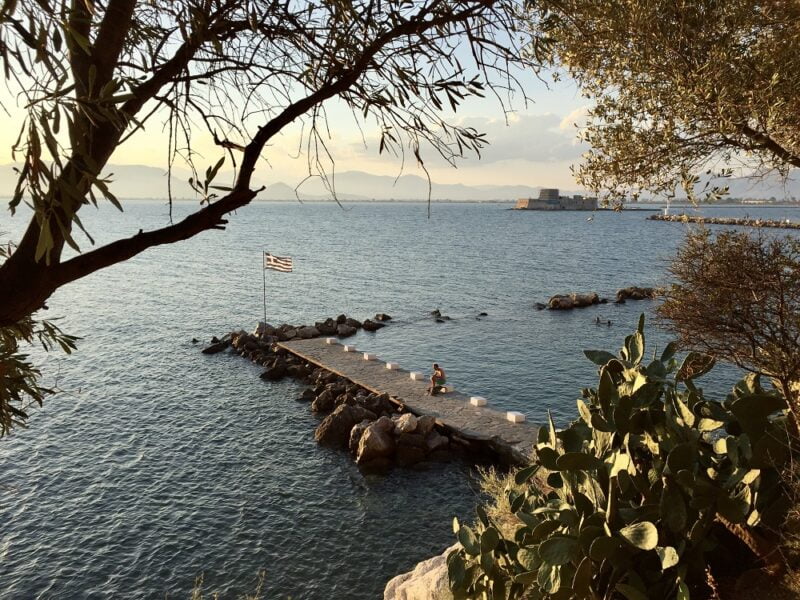Do you dream of discovering the Peloponnese, but don’t have much time? We’ve put together the perfect 7-day itinerary from Athens, with all the must-sees in the Peloponnese! Well, some of it… Of course, each region of the Peloponnese is worth a visit in its own right. But this road trip proposal will give you a marvellous overview of Greece’s treasures between sea, mountains, history and gastronomy. So, if you’re looking for a fast-paced vacation, let’s set off for a week in the Peloponnese in Marathon mode! But if you can devote 2 weeks to it, you’ll enjoy this green vacation even more…
- Day 1 – Plunge into the heart of the ancient world in the ancient Greek city of Epidaurus
- Day 2 – Discover the origins of one of the most powerful civilizations of Antiquity at Mycenae
- Day 3 – Assault the ancient Byzantine city of Mystra
- Day 4 – Enjoy a timeless moment on the Monemvasia peninsula
- Day 5 – Escape through the unspoilt landscapes of Messinia
- Day 6 – Walk in the footsteps of ancient athletes at Olympia
- Day 7 – Take to the heights in the Chelmos mountain range
First of all, if you want to rent a car, we advise you to use this car rental comparison website that lets you quickly see local rental prices and book your vehicle in advance for a stress-free departure!
Day 1 – Plunge into the heart of the ancient world in the ancient Greek city of Epidaurus
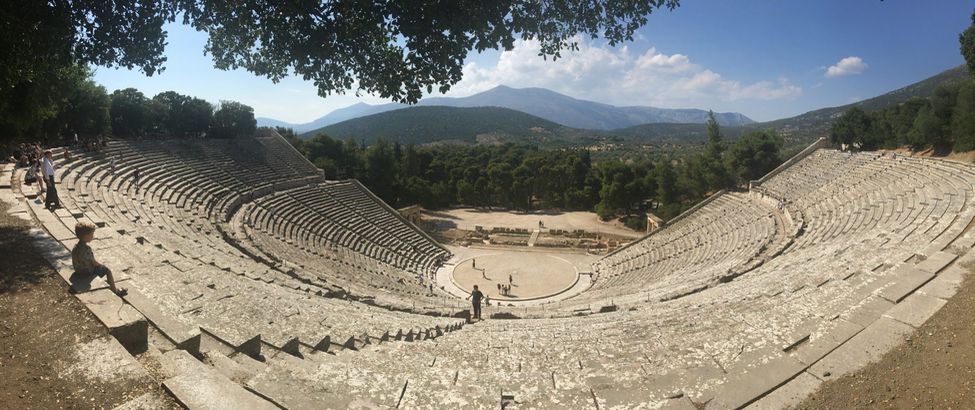
Stage 1 – Nemea and the wine route
Start your discovery of the Peloponnese with a drive through the beautiful region of Nemea and wines. This mythical land is dotted with ancient temples and sanctuaries. You can treat yourself to a little Greek wine tasting along the way, but be careful: you’ve got a long way to go!
2nd stage – Epidaurus, a must-see site
Then head to Epidaurus to spend a few hours visiting one of Greece’s most famous ancient sites, a UNESCO World Heritage Site. Once you’ve arrived at the archaeological site of Epidaurus, don’t miss the Theater of Epidaurus and its incredible acoustics, as well as the Temple of Asclepius, dedicated to the god of medicine.
And if your week in the Peloponnese coincides with the Athens and Epidaurus Festival, treat yourself to a show in the ancient theater: it’s an unforgettable experience!
Stage 3 – Nafplio, one of the most beautiful cities in the Peloponnese
In the evening, drive to the charming town of Nafplio. If you have time, stroll along the seafront to admire Fort Bourtzi on its islet. Alternatively, stroll through the pedestrian streets of the old town, where you’ll find plenty of stores and restaurants to extend your evening. Then pack your bags for a night in Nafplio, by the sea.


Day 2 – Discover the origins of one of the most powerful civilizations of Antiquity at Mycenae
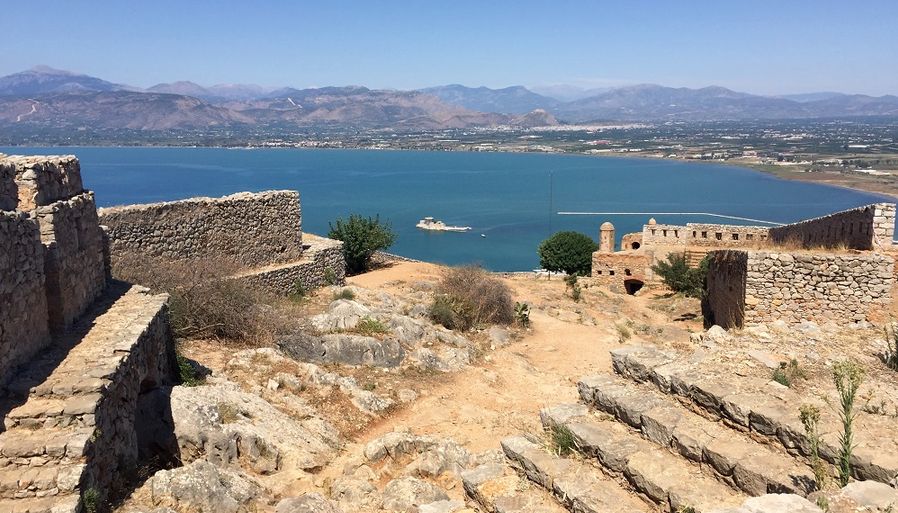
Stage 1 – Nafplio and the fortress of Palamidi
First thing in the morning, explore the pretty port city of Nafplio. But don’t leave Nafplio without visiting the Palamedes fortress for a magnificent view of the bay.
2nd stage – Mycenae, a vestige of Mycenaean civilization
Then take the road to Mycenae, where a remarkable archaeological site awaits you. The ancient city of Mycenae was the cradle of the civilization that dominated the Mediterranean between the 15ᵉ and 12ᵉ centuries BC. The archaeological site of Mycenae is also famous for having hosted one of the bloodiest episodes in Greek mythology: the massacre of the Atrides.
Stage 3 – Evening in the village of Mystra
At the end of your visit, head for Mystras to spend the night. You’ll find plenty of accommodation in the village center, ideally located near the tavernas. A quiet evening!
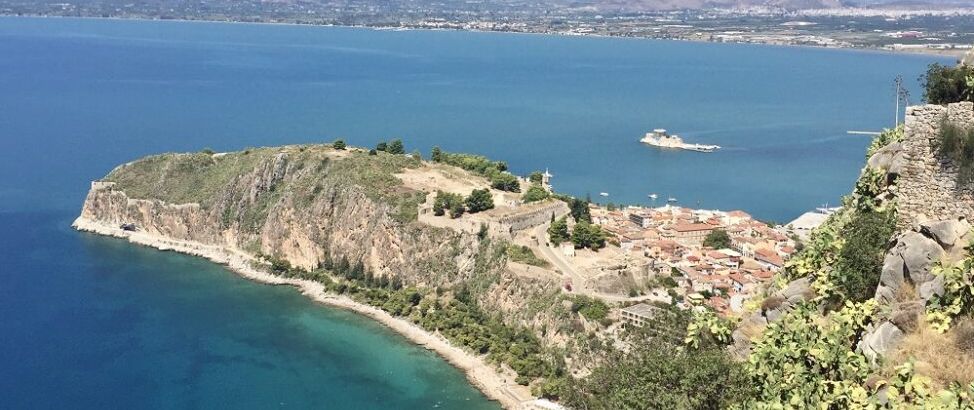
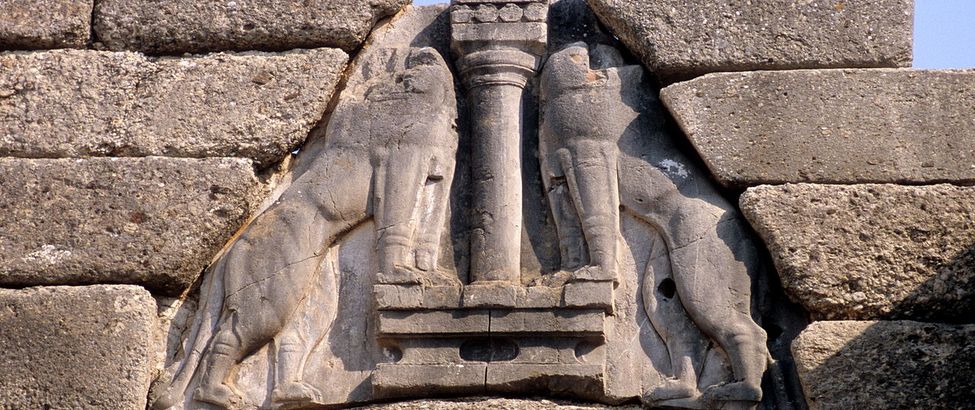
Day 3 – Assault the ancient Byzantine city of Mystra
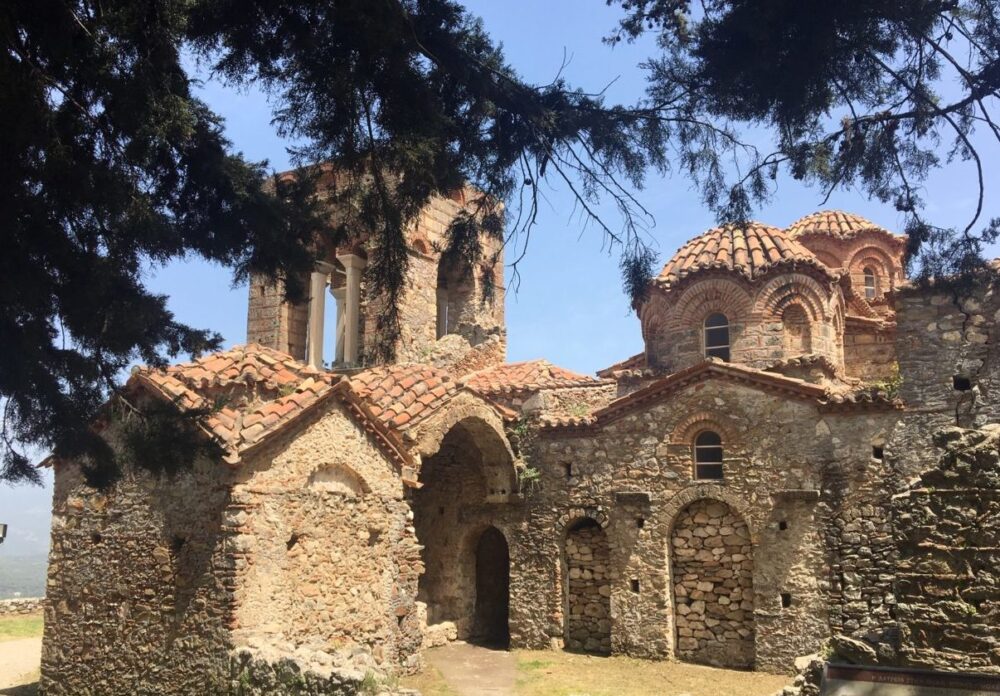
Stage 1 – Visit to the magnificent site of Mystras
Your morning will be devoted to the fabulous archaeological site of Mystra, also a UNESCO World Heritage Site.
Make sure you wear sportswear for your visit: it’s a real little hike that awaits you, taking you through the rich history of this Byzantine city. Mystra’s Byzantine churches and monasteries are scattered across a 220 m hillside, linking the lower and upper towns. The scenery is simply magnificent! Don’t miss the Villehardouin fortress, the Agia Sofia monastery, the Pandassana monastery, the despot’s palace and the Mitropolis architectural complex.
2nd stage – Direction Monemvasia
After lunch, head for the fortified town of Monemvasia. You can also take a short detour to enjoy the beautiful surrounding beaches of Pori Beach (sandy beach) or Kochilas near the village of Ariana (pebble beach) for a swim before arriving in Monemvasia! Once there, park your car and start exploring the narrow streets of this fortified town on foot. Or, if you still have the courage, climb up to the kastro and Agia Sofia church for a breathtaking view of the city. Last but not least, enjoy dinner in the old town and treat yourself to a magical night in Monemvasia!
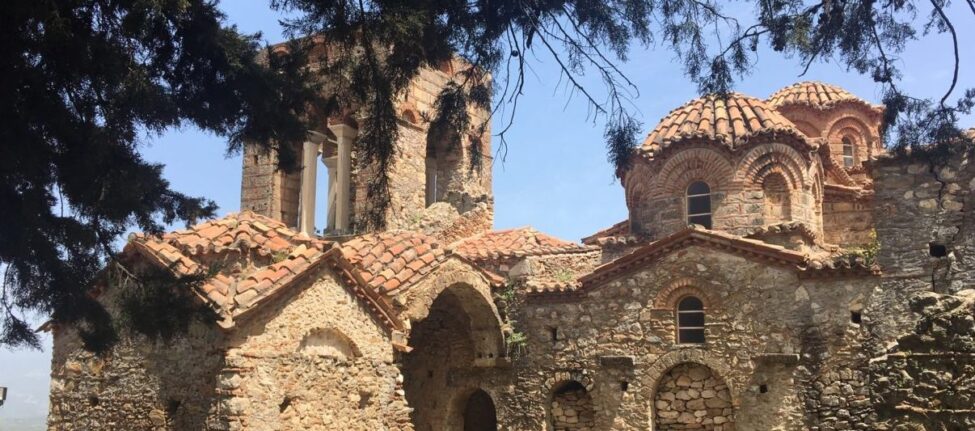
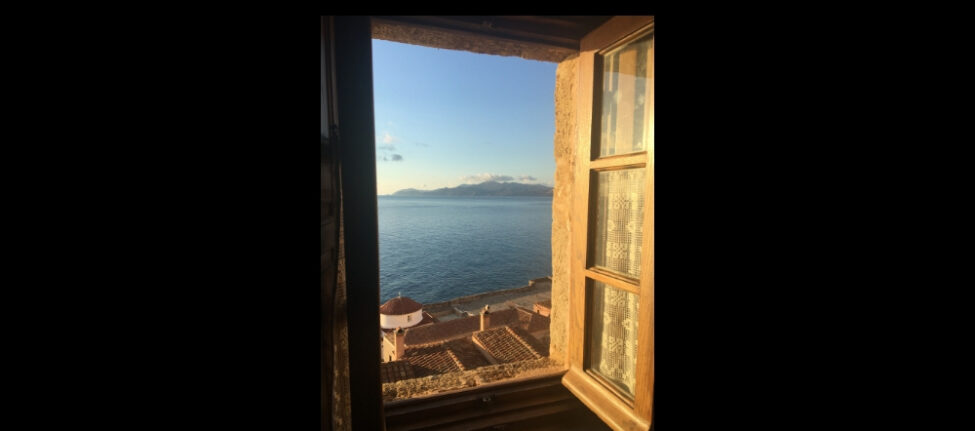
Day 4 – Enjoy a timeless moment on the Monemvasia peninsula
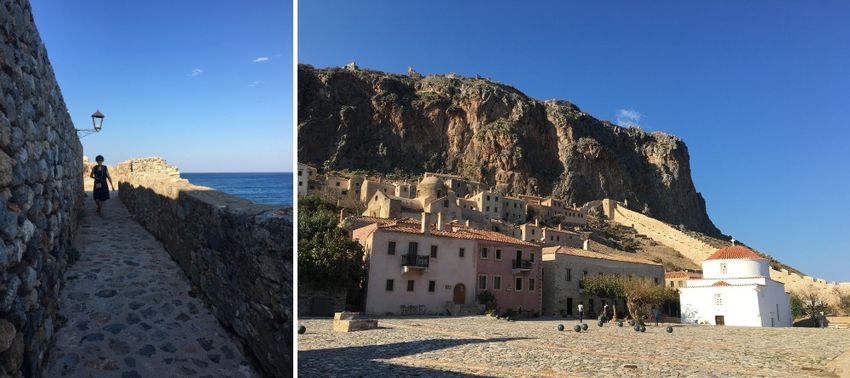
Step 1: Enjoy Monemvasia a little longer
The fortified town of Monemvasia is one of the highlights of a week’s stay in the Peloponnese. The city is only connected to land by a bridge, so its charming alleyways are best visited on foot. Perched on its rock in the middle of the sea, it offers an enchanting panorama of the Mediterranean, particularly from the Kastro or the church of Agia Sofia.
2nd stage – A glimpse of the beauty of the Magne region
Then continue your journey through the superb Mani region. Stop off to discover the region’s culinary specialties in one of the picturesque villages along the coast, such as Areopoli or Limeni, our 2 favorite villages. If you have the opportunity to extend your stay, why not linger a few days in this Peloponnese finger that’s well worth a visit?
Stage 3 – Kalamata, gateway to Messinia
Then on to the town of Kalamata, famous for its olives. Stroll along the waterfront, or near the main Aristomenous street, in search of your ideal tavern for dinner. Finally, enjoy a well-deserved good night’s sleep in one of Kalamata’s many stopping-off points.

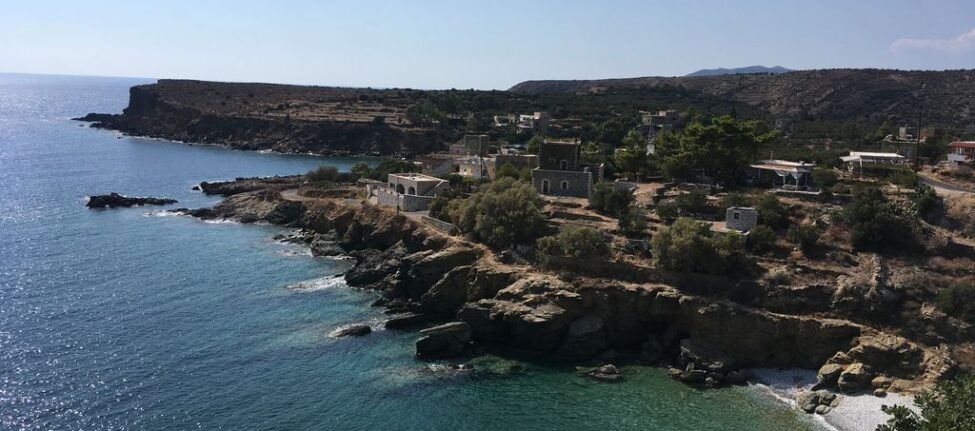
Day 5 – Escape through the unspoilt landscapes of Messinia
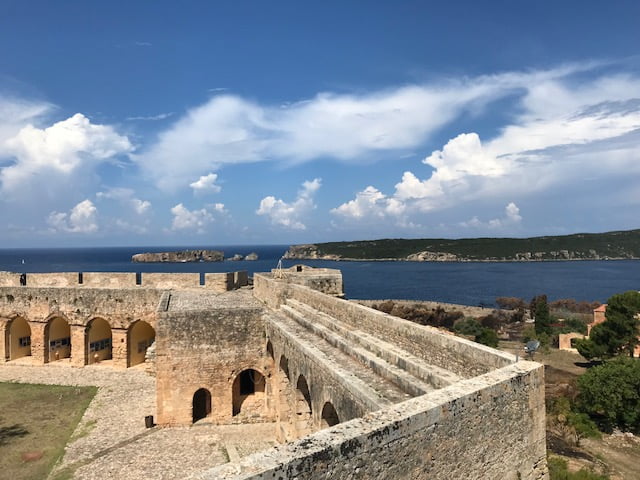
Stage 1 – Discovering Messinia’s highlights
Kalamata is the ideal starting point for visiting the beautiful region of Messenia. First of all, you can spend the early morning visiting Kalamata’s old town and archaeological museum.
Then set off to discover the pearls of this unspoilt region. There are so many of them! A word of advice: make a selection or extend your stay in the region to make the most of it:
- the picturesque little port of Koroni and its Venetian fort ;
- the village of Methoni, surrounded by olive groves and magnificent beaches. And don’t forget the medieval fortress and the Bourtzi Tower, a must-see;
- the pretty port town of Pylos and its citadel;
- Voidokilia beach;
- the Polymnio, Kalamaris and Neda waterfalls;
- the Messene archaeological site…
2nd stage – To Olympia
If you’re devoting just one day to Messinia, then it’s best to spend the night in the vicinity of Pylos and set off again for Olympia the following morning.
But if you decide to spend several days at the end of your discovery of Messinia, head north to Olympia. Along the way, don’t miss the temple of Apollo Epikourios at Bassae, built between 450 and 400 B.C. This exceptional site dedicated to the god of healing is also a UNESCO World Heritage Site.
After that, head for Olympia in the evening, where you’ll spend the night and be ready for action the next morning.
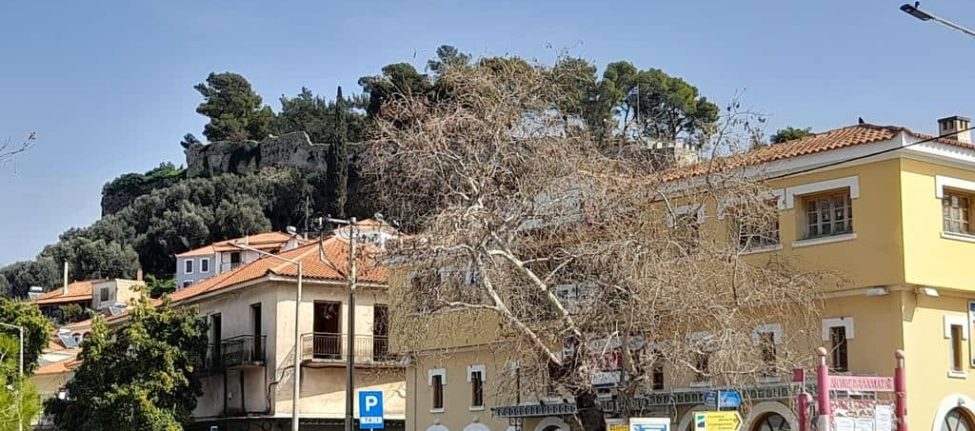
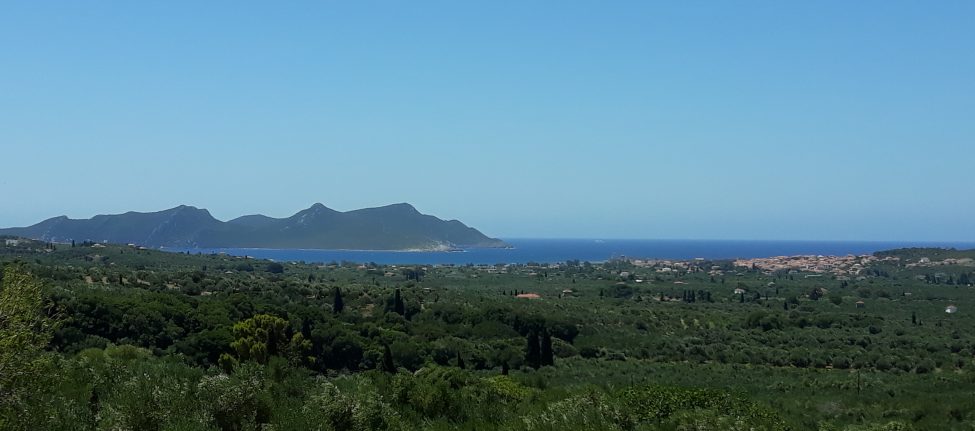
Day 6 – Walk in the footsteps of ancient athletes at Olympia
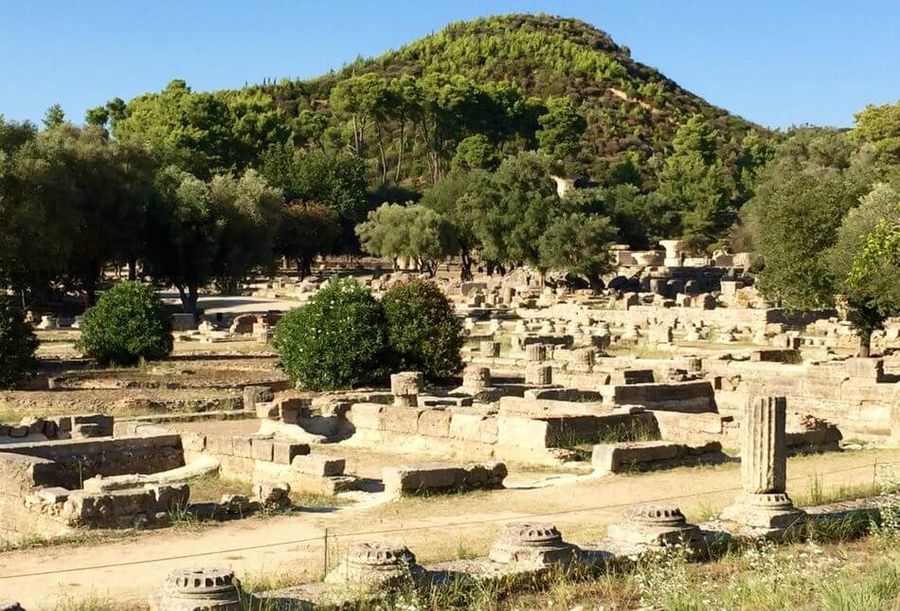
Stage 1: Olympia, one of Greece’s mythical sites
The archaeological site of Olympia is undoubtedly one of the most important in Greece. Listed as a UNESCO World Heritage Site, this sanctuary was dedicated to the cult of Zeus.
During the Roman period, in 776 BC, the site began hosting the Olympic Games, which lasted until the 4th century. Numerous remains, such as the stadium and gymnasium, bear witness to the presence of the athletes. Today’s Olympia is not particularly charming, the archaeological site of Olympia is of major interest. The Archaeological Museum and the Olympic Games Museum are also well worth a visit.
2nd stage: The hilltop villages of central Peloponnese
At the end of the day, head to the center of the Peloponnese to climb up into the mountains. A number of charming villages, such as Dimitsana and Kalavrita, offer an ideal stopover for your last night in the Peloponnese.

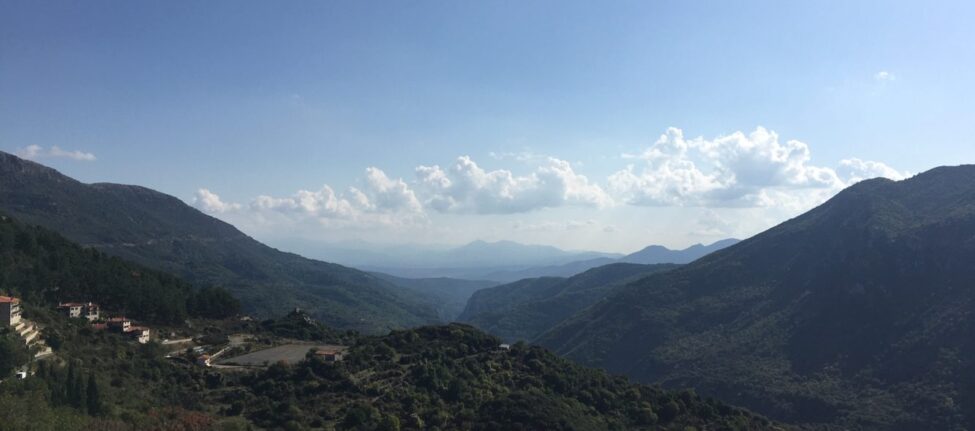
Day 7 – Take to the heights in the Chelmos mountain range
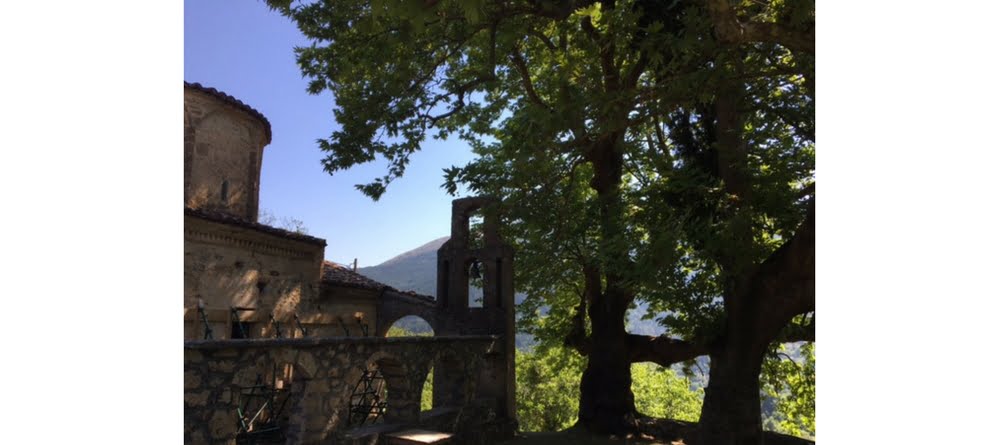
As your week in the Peloponnese draws to a close, it’s time to head back to Athens.
Stage 1: Discovering the surroundings of Mount Chelmos
The return route takes you through the mountain ranges surrounding Mount Chelmos. You’ll see a completely different side of the Peloponnese: wild, natural and rustic. If your schedule allows, take time to visit the authentic villages of Zarouchla and Planitero before heading for the Corinth Canal.
2nd stage: Corinth and surrounding area
Last stop before Athens, the Corinth region offers a few treasures to discover, such as the Acrocorinth citadel. If you arrive early enough, try the climb up to the fortress, which takes about an hour to visit. Once you reach the top, you’ll be rewarded with a breathtaking view of the sea, olive groves and plain!
Finally, on the way back, don’t miss a photo break over the Corinth Canal. A word of advice: get off the freeway at Isthmia (Google Maps point) for a great view of the canal.
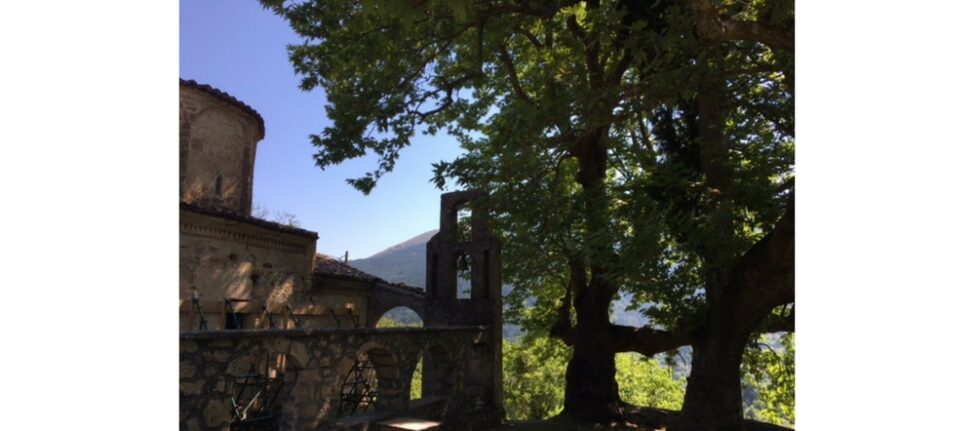
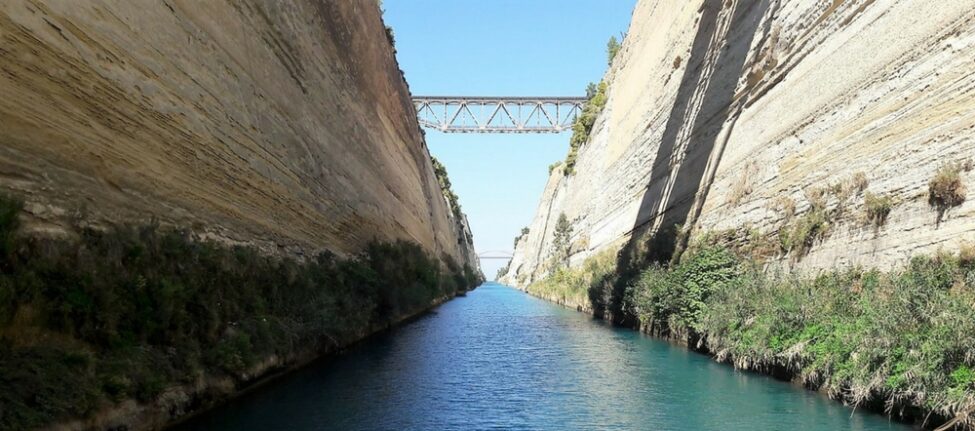
This week-long itinerary in the Peloponnese is now complete. We hope it has inspired you to come back and discover this magnificent part of Greece in greater depth!
Of course, these are just suggestions and ideas. We’ve listed so many places here, because there’s so much to see, it’s hard to make a selection. So, we leave it to you to make a selection to create your own road-trip that best suits your schedule and your vision of vacations. This one-week itinerary in the Peloponnese is really fast-paced if you want to see it all. On the other hand, it’s perfectly suited to a 2-week stay, so you’ll have more time to appreciate each location.
And if you’re looking for other destinations for your vacation in Greece, take a look at our suggestions!
Other articles you might be interested in:
- Complete guide of the Peloponnese, region by region
- Must-see attractions in the Peloponnese
- Off the beaten path: 12 lesser-known sites to discover in the Peloponnese
Sandra B.
